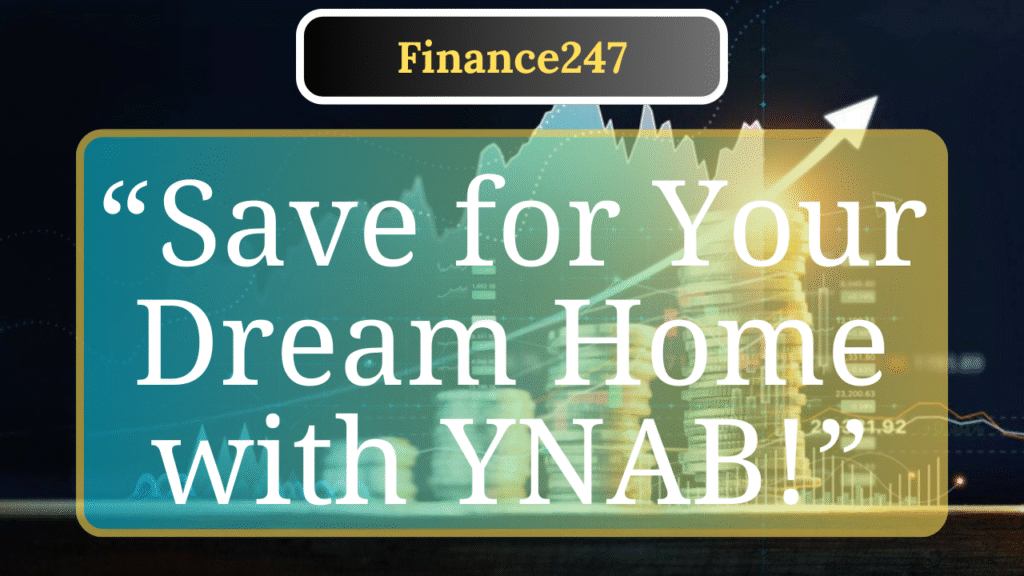“YNAB’s zero-based budgeting empowers users to save for a home down payment by assigning every dollar a purpose, offering real-time transaction syncing, and flexible goal-setting. Its hands-on approach and robust features help prioritize savings, though the learning curve and subscription cost may deter some. Ideal for disciplined savers aiming for homeownership.”
Mastering Your Home Down Payment with YNAB
You Need A Budget (YNAB) is a powerful budgeting app built on the zero-based budgeting principle, where every dollar of income is assigned a specific purpose, making it an effective tool for saving toward significant goals like a home down payment. For Americans aiming to purchase a home, where the median down payment is around $30,000–$56,000 depending on location and home price (based on recent National Association of Realtors data), YNAB’s structured approach can streamline the process.
YNAB’s core philosophy revolves around four rules: give every dollar a job, embrace your true expenses, roll with the punches, and age your money. For homebuyers, the first rule is critical—allocating income to a dedicated “Home Down Payment” category ensures funds are prioritized for this goal. Users can set a specific savings target, such as $40,000 over 24 months, and YNAB breaks it into manageable monthly contributions (e.g., $1,667/month). This clarity helps users visualize progress and stay motivated.
The app syncs with bank accounts via Plaid, providing real-time transaction updates, which is essential for tracking spending and ensuring savings goals remain on track. For example, if you spend $50 on dining out, YNAB deducts it from your dining category, preserving your down payment funds. Automatic transaction imports reduce manual entry, though some users report delays of 15–24 hours with certain banks, which can be a minor hiccup for active budgeters.
YNAB’s flexibility shines with its “roll with the punches” rule. If unexpected expenses arise—like a $200 car repair—you can reallocate funds from another category, such as entertainment, without derailing your down payment goal. This adaptability is crucial, as 62% of Americans live paycheck to paycheck (per a 2023 LendingClub report), making rigid budgets impractical. YNAB’s sinking fund feature also allows users to plan for irregular expenses, like property taxes or home maintenance, ensuring no surprises disrupt long-term savings.
Setting up a budget in YNAB requires initial effort. Users link financial accounts, create custom categories (e.g., “Mortgage Down Payment,” “Closing Costs”), and assign their current bank balance. The desktop interface is recommended for setup due to its comprehensive layout, while the mobile app excels for on-the-go tracking. YNAB’s goal-setting tools let you specify a target amount and deadline, visually tracking progress with progress bars, which users praise for keeping motivation high.
However, YNAB isn’t perfect. Its subscription costs $14.99/month or $109/year, higher than competitors like EveryDollar or PocketGuard, which offer free versions. For budget-conscious savers, this cost may feel steep, though YNAB claims users save an average of $600 in the first two months and $6,000 in the first year. The learning curve can also be daunting, especially for budgeting novices, as the app demands active engagement to categorize transactions and reconcile accounts. Some users report occasional syncing issues or errors with credit card payments, requiring manual adjustments.
For home down payment savings, YNAB’s strength lies in its proactive approach. Unlike Mint, which focused on tracking past spending before shutting down in 2024, YNAB emphasizes planning with money you already have, reducing reliance on future income. This is particularly valuable for first-time homebuyers, who often face competing financial priorities like student loans or credit card debt. YNAB’s credit card management is a standout: if you charge $100 for groceries, it moves $100 from your grocery category to your credit card payment category, ensuring you pay off the balance without accruing debt.
The app’s educational resources—webinars, blogs, and live workshops—support users in mastering its system. The r/ynab subreddit, with 205,000 members, offers a community for sharing strategies, such as creating sinking funds for home-related costs like inspections or appraisals. Users report paying off significant debts or saving tens of thousands for homes, with one user noting they saved $42,000 in a year using YNAB.
For those targeting a home purchase, YNAB’s lack of direct bill payment or investment tracking may be a drawback. You can manually enter investment balances, but it’s not intuitive, and the app focuses primarily on budgeting. If you prefer a hands-off approach or want integrated bill payment, alternatives like Quicken Simplifi may be better. Still, YNAB’s disciplined framework suits detail-oriented savers committed to homeownership.
Disclaimer: This article is for informational purposes only and does not constitute financial advice. Always consult a financial advisor before making decisions. Information is sourced from reputable publications, user reviews, and YNAB’s official resources.


